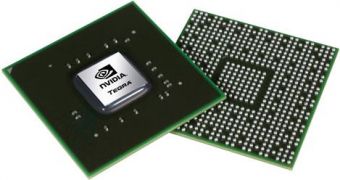After previous rumors have said that Nvidia's next-generation quad-core mobile SoC chip, code named Kal-El, will make its way into tablets in September, recent reports suggest the processor was delayed and that the first devices to use it won't actually appear until the Holiday season starts.
This information was provided by Chinese sources familiar with Nvidia's progress, but no details regarding the reasons behind this delay were provided.
Kal-El will be the successor of the current Tegra 2 and it features no less than four processing cores based on the ARM Cortex A9 architecture, which are clocked at 1.5GHz, as well as 12 graphics cores with support for 3D video.
According to Nvidia, this configuration will be able to provide up to five times the speed of the dual-core Tegra 2 SoC, making Kal-El one of the fastest ARM-based chips around.
In addition to its raw processing speed, the Tegra 3 integrated graphics will also support a series of advanced features such as anti-aliasing and a 2560x1600 video output.
All these will be achieved by using the same amount of power as Tegra 2, as Nvidia introduced a series of optimizations meant to keep power consumption in check.
At this year's Mobile World Congress, Nvidia stated that Kal-El was already sampling to its partners.
After introducing Kal-El at the end of this summer, Nvidia will concentrate its efforts on the 2012 Wayne SoC that will come in two different configurations, depending on the type of devices it will be used in.
The first version is a quad-core design clocked at 1.5GHz, based on a yet-undisclosed ARM architecture (most probably Cortex-A15) which will include at least a 24-core GPU that resembles the contemporary graphics architectures, while the second one features eight ARM processing cores and 32 to 64 GPU cores that are DirectX 11+ compliant. (via Fudzilla)

 14 DAY TRIAL //
14 DAY TRIAL //